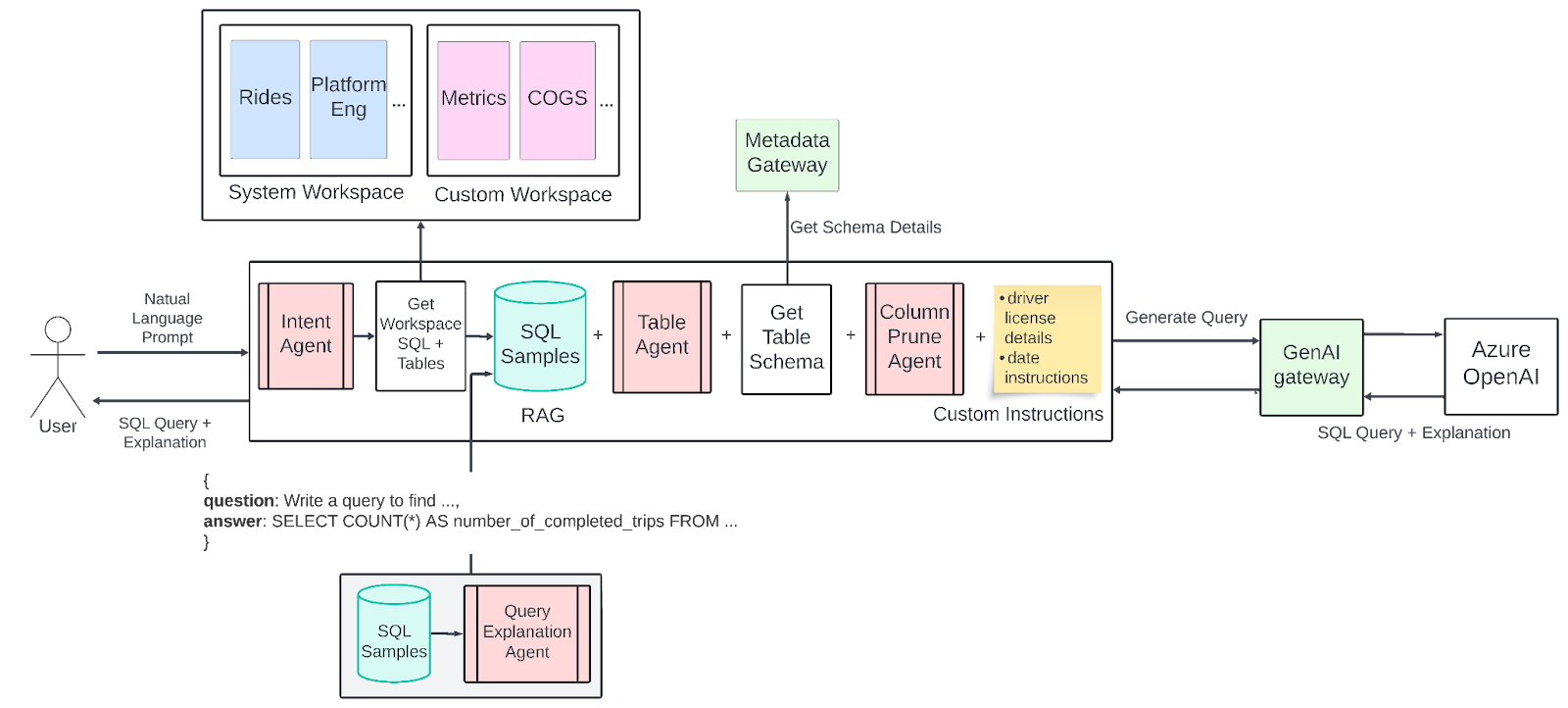From Frustration to Innovation: The ChatDash Story
It began with a friend's struggle: his development team was constantly stuck waiting for data insights. Every time they needed to check their databases, they hit the same wall—specialists were backlogged, dashboards were inflexible, and direct database access required expertise they didn't have.
"We spend more time trying to get answers from our data than actually using those answers," he told me.
This pain point resonated with me. Data should empower decisions, not delay them.
The Market Gap
I searched for solutions but found only disappointing options:
- Enterprise tools with five-figure price tags
- Closed-source systems raising serious privacy concerns
- Simple tools that broke with real-world database complexity
When I tried connecting my own database to these tools, I got error messages, bizarre results, or aggressive upsells. The tools that existed were either too expensive, too limited, or required surrendering your data.
The Turning Point
Everything changed when I discovered Uber Engineering's "QueryGPT" article. It sparked a vision: what if we could create an accessible, privacy-focused tool that connects directly to databases while keeping sensitive data secure?

I quickly built a landing page and posted it on Hacker News. The response was immediate—25 users signed up within days, all sharing the same frustration.
Building a Real Solution
Instead of just creating another text-to-SQL converter, I built ChatDash with three core principles:
- Privacy First: Using only open-source models that run locally, ensuring sensitive data never leaves your infrastructure
- Genuine Understanding: A system that maintains conversation context and understands follow-up questions
- Beyond Simple Queries: Not just data retrieval, but meaningful insights through statistical analysis
The Evolution
What started as a simple database assistant has evolved into something much more powerful. Throughout this journey, I've been working on two parallel tracks: developing the technology and validating the idea with real users.
While building the technical foundation, I continuously engaged with potential users to ensure I was solving real problems. Each feature was tested against actual use cases, and feedback shaped the product's direction.
After building the MVP, I realized that while text-to-SQL agents are useful, they're fundamentally limited for business decisions. User conversations confirmed this—people wanted more than just data retrieval; they needed insights they could act on immediately.
The CodeAct paper inspired me to go further—building a system of specialized agents that can:
- Create complete analytical workflows
- Perform sophisticated statistical analysis
- Generate predictive models from historical data
As I implement these capabilities, I'm simultaneously validating each feature with a small set of early users. Their feedback has been invaluable—showing me which analytical capabilities deliver the most value and which workflows match how people actually think about their data problems.
Now when someone asks about sales trends, ChatDash doesn't just show data—it automatically identifies seasonality, tests significance, builds forecasts, and finds correlating factors. And because of our validation process, we know these insights align with what decision-makers actually need.
Looking Forward
ChatDash is bridging the gap between what business users need and what typically requires a data scientist. By making sophisticated analysis accessible, we're solving the original pain point my friend faced—democratizing not just data access, but truly meaningful data intelligence.
Visit DashChat.xyz to join our journey.